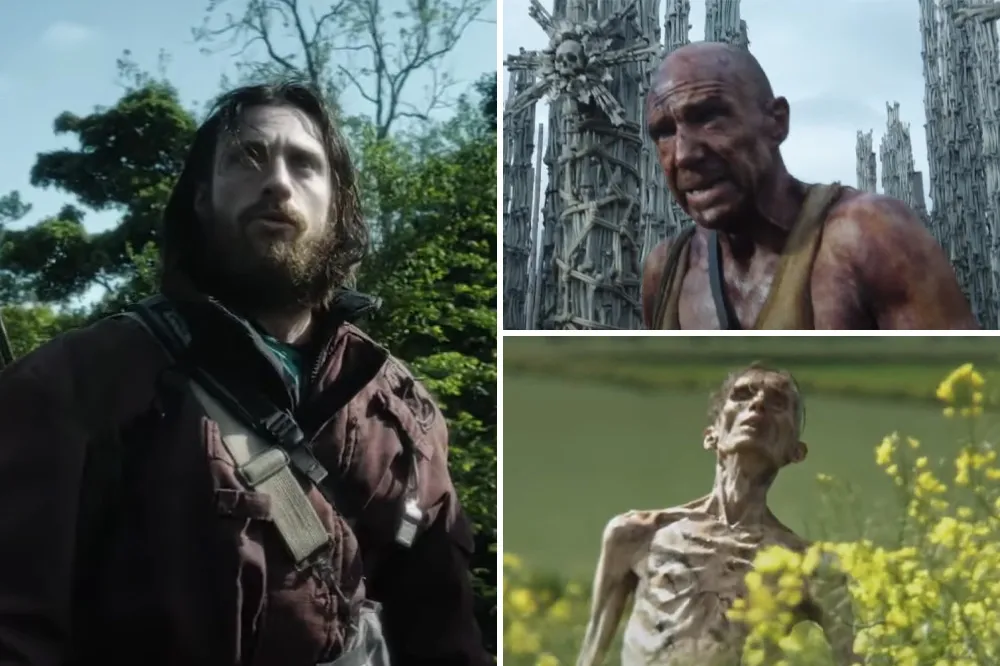Indian Designers Redefine Dungeons & Dragons
BENGALURU, INDIA – That a group of Indian game designers is revolutionizing the world of Dungeons & Dragons, or D&D, is not surprising by itself. What is surprising is that they are redesigning the classic fantasy tabletop game with brand-new cultural narratives, characters and technologies deriving from Indian mythology and folklore.
This project will redefine fantasy storytelling through the use of a world filled with ancient Indian legends, while also making the game more accessible through digital tools.

Embedding Indian Culture into D&D
These designs infused the game with legendary beasts and gods of old, drawing upon Indian epics to extend fantasy tradition beyond its Western heritage. Classes for play, inspired by the traditional Indian warrior caste kshatriyas and mystical seers known as rishis, join familiar D&D roles from the very beginning: wizards and fighters.
“We wanted to create something authentic yet familiar,” said Priya Desai, one of the lead developers. “There’s so much untapped potential in Indian mythology, and D&D gives us the perfect medium to explore it.”
Technology-Enhanced Gameplay
Not only has the revised D&D remained a non-paper game, but the latest version comes with technological-powered tools, such as virtual maps and mobile companion apps. This new version will thus appeal to the modern tech-savvy player as well, who will get AI dungeon masters and virtual reality (AR), where battles can be envisioned on the screens.
We are mixing tradition with innovation, said Desai. “Our goal is to create a hybrid gaming experience where ancient myths meets modern technology.” Players can view stats, progress and campaign events in real-time with smartphone apps, that gives the game an immersive feel to it.
Controversy: Reimagining or Cultural Appropriation?
While many have appreciated the Indian-inspired D&D for its uniqueness, the project also has controversy following it-culture appropriation and authenticity. Detractors believe that in an effort to sell, this new version risks oversimplification or even misrepresentation of Indian mythology.
“Not all traditions can be gamified,” says Raghav Mehta, a cultural expert. “There’s a fine line between celebrating heritage and reducing it to entertainment.”
Other arguments are that integrating Indian narratives into a Western framework might distort the mythology, hence leading to misinterpretations by international audiences.
Global Impact: Expanding the Fantasy Genre
Despite all this controversy, the new adaptation of D&D shows an international platform for Indian culture, globally propelling the lesser-known myths and legends into an international plethora of minds. Here’s to the designers’ hopes that this cultural collage will create and encourage other creative minds to come and tap into various traditions of storytelling and stretch the fantasy across other cultures beyond what is familiar as Western.
This was about expanding the boundaries of fantasy to make it truly global, said Desai. By telling stories that resonate with Indian and international audiences alike, we are creating something truly unique.
A Bold New Chapter for D&D
The Indian version of Dungeons & Dragons illustrates interesting convergence between cultural depth and technological innovation while remodelling the way of playing and experiencing this game. Still, this project reveals a challenge in balancing cultural authenticity with creative freedom.
As players worldwide venture out to explore these new campaigns, the reboot D&D paves the way for a future in which mythology and modern tech coexist, opening avenues for inclusive storytelling within the fantasy genre. Whether a permanent change or a flash in the pan, this project is the bold step towards **redefining fantasy for the global audience.













